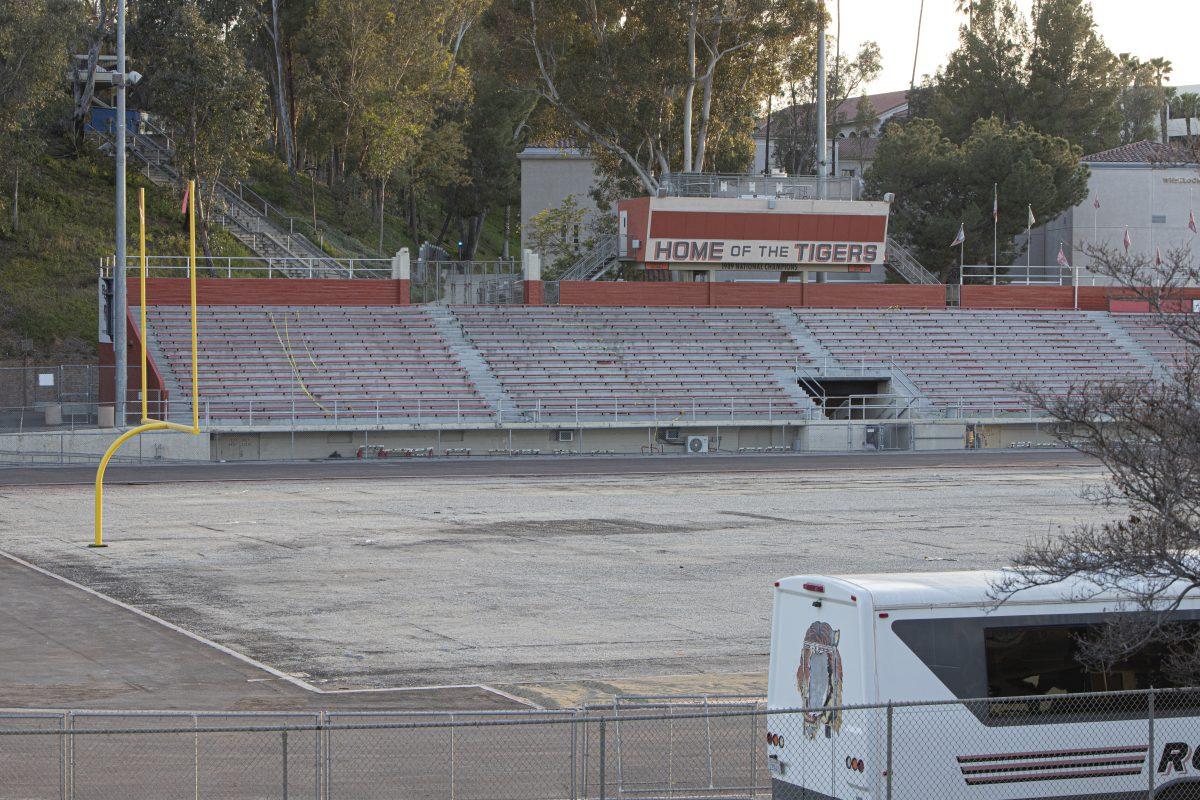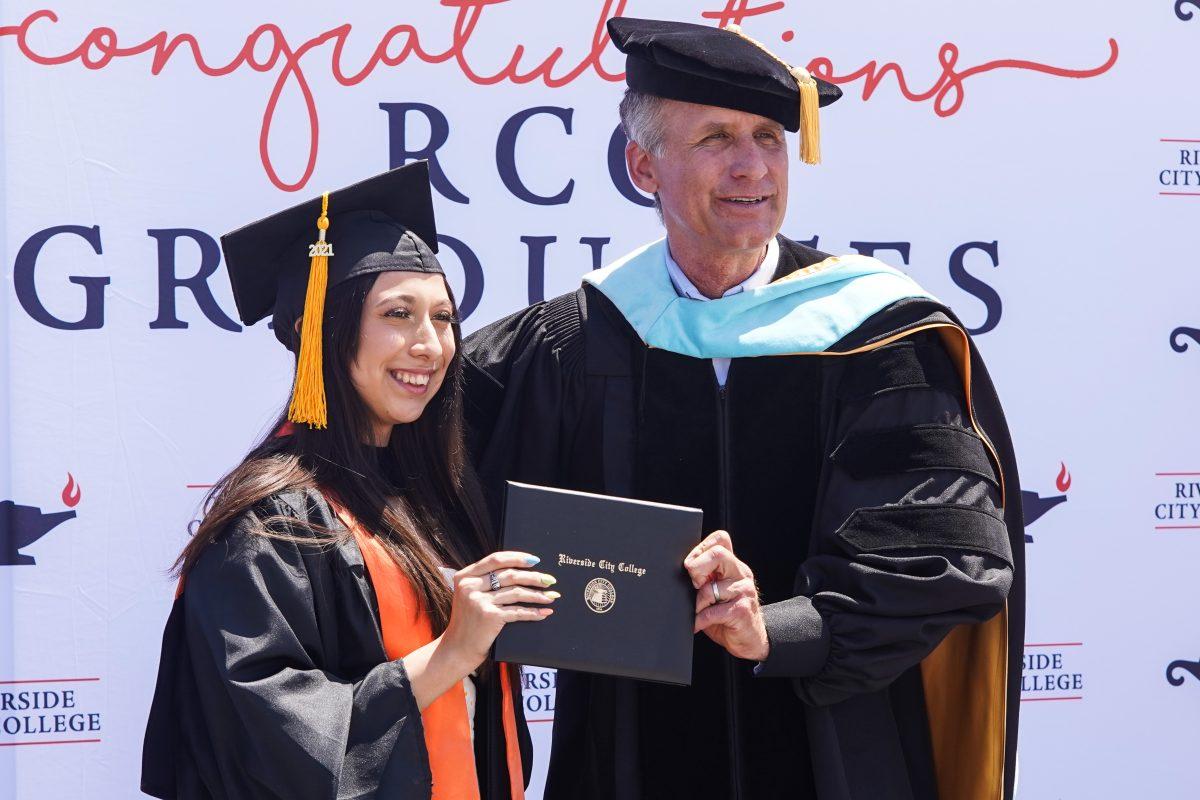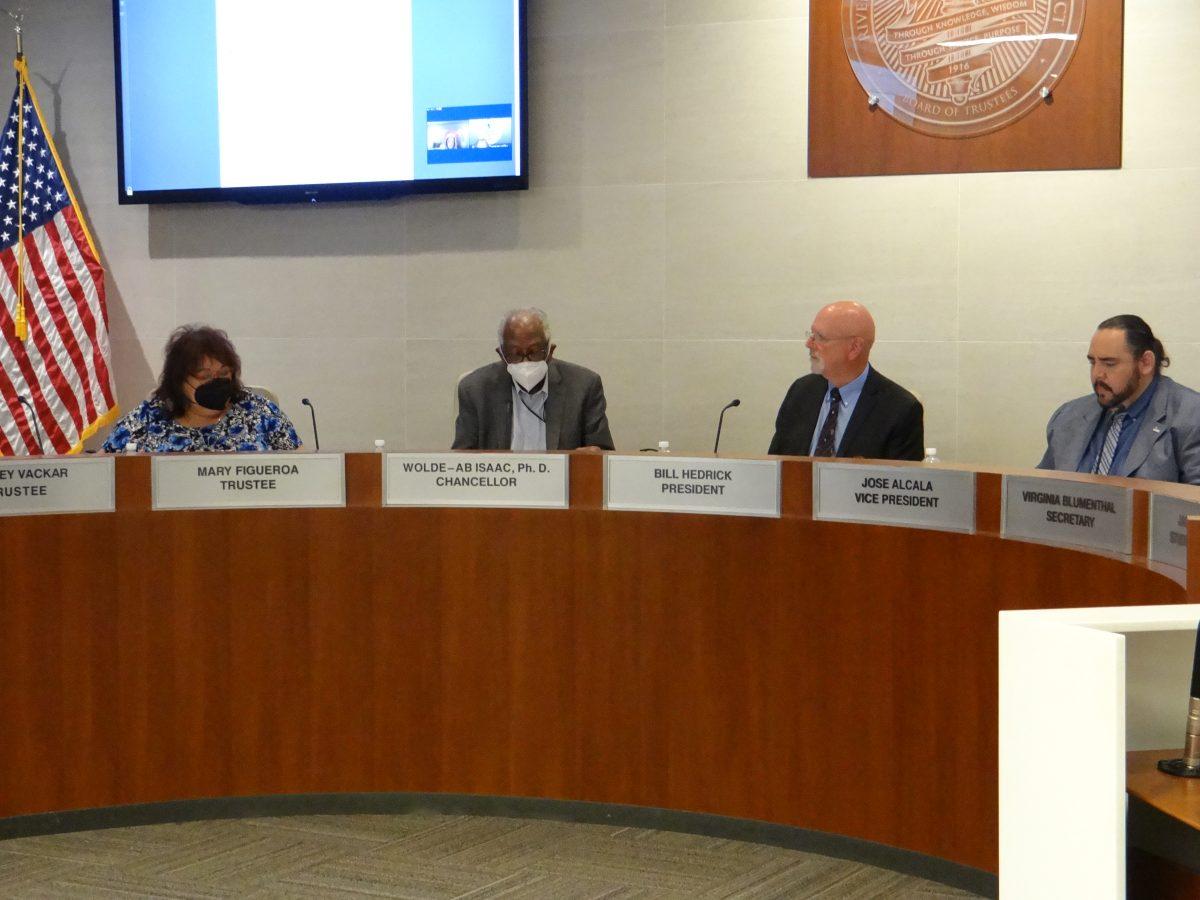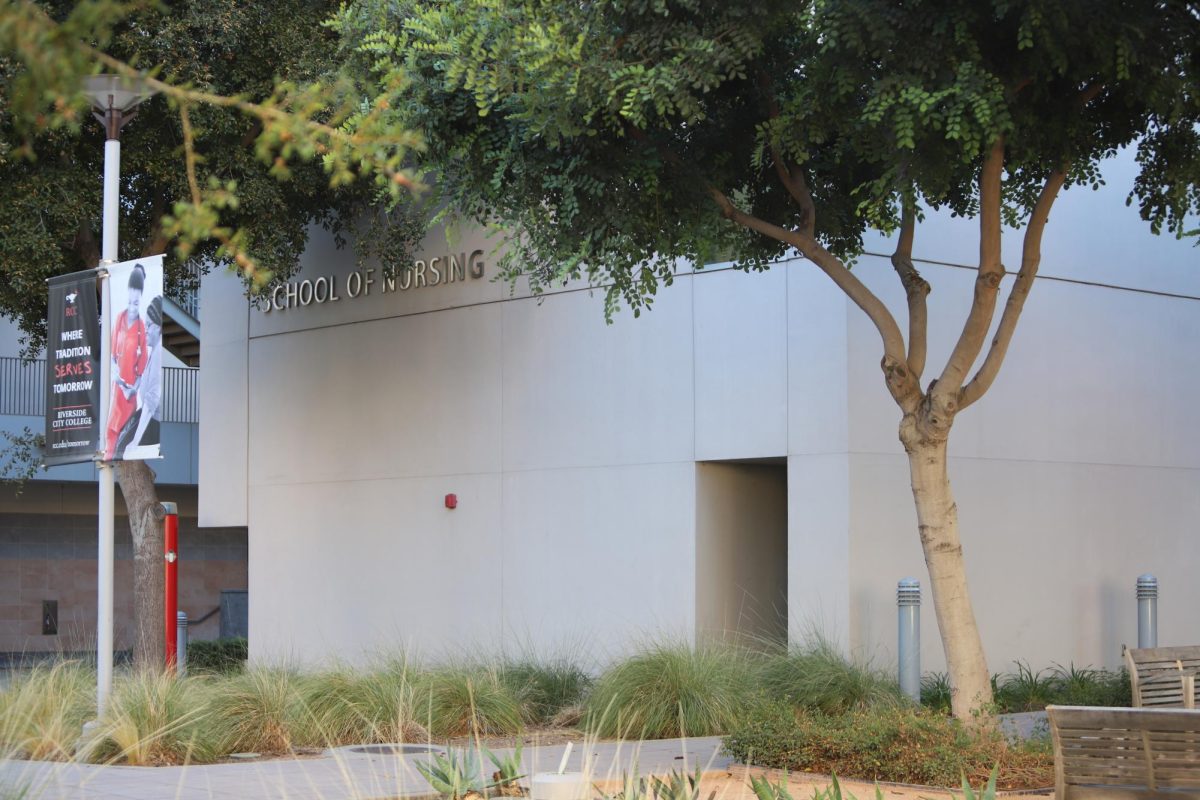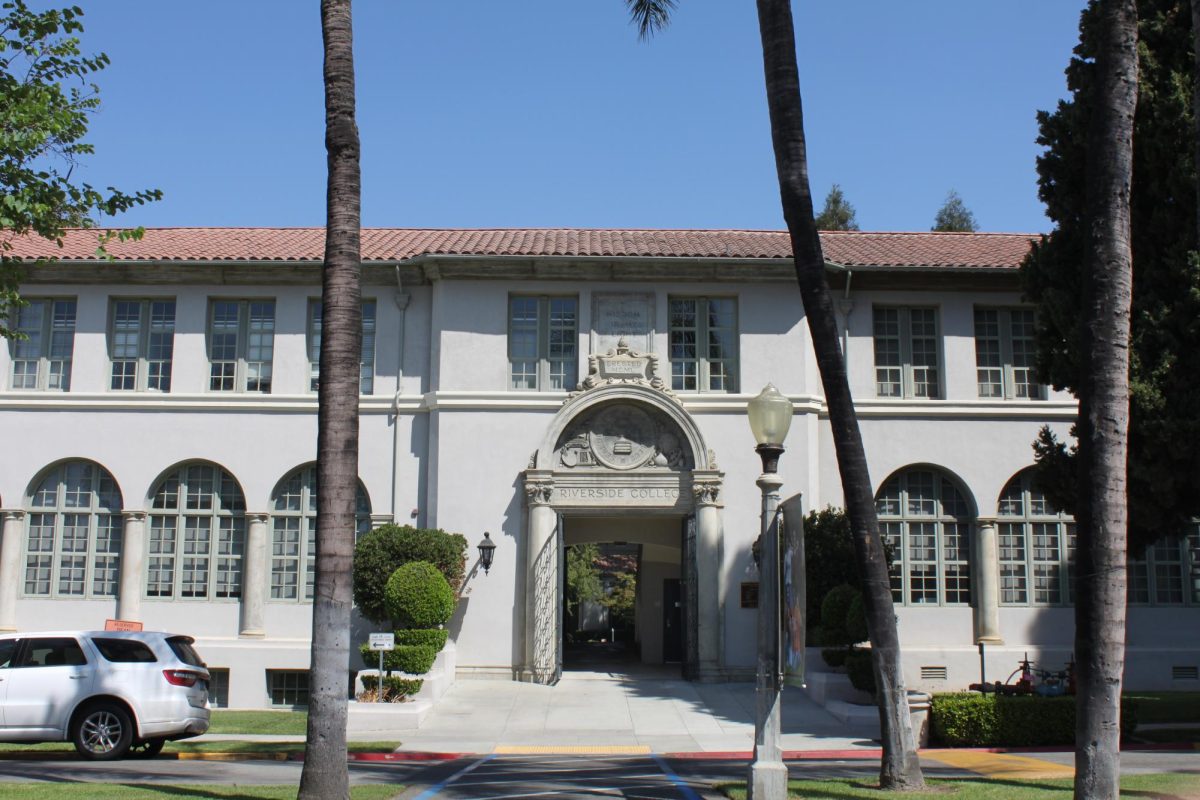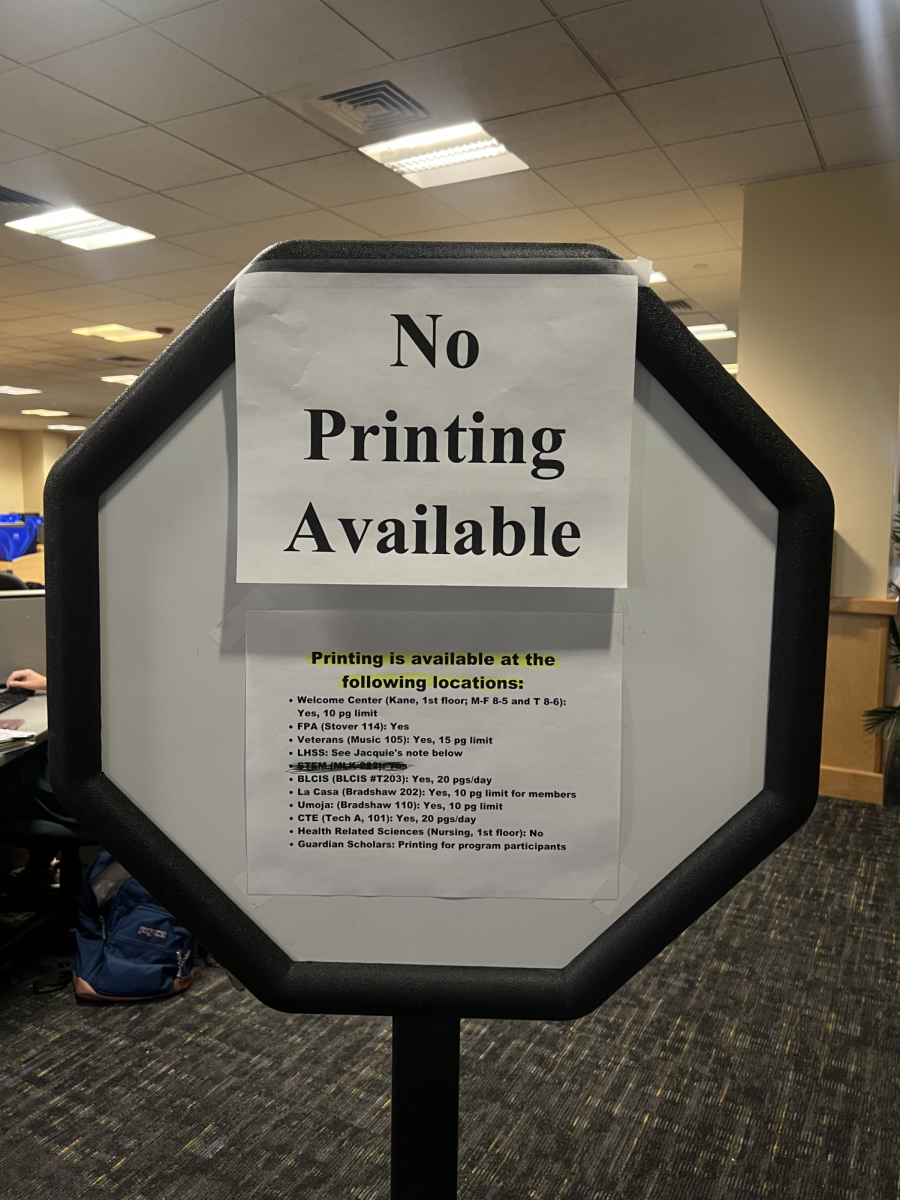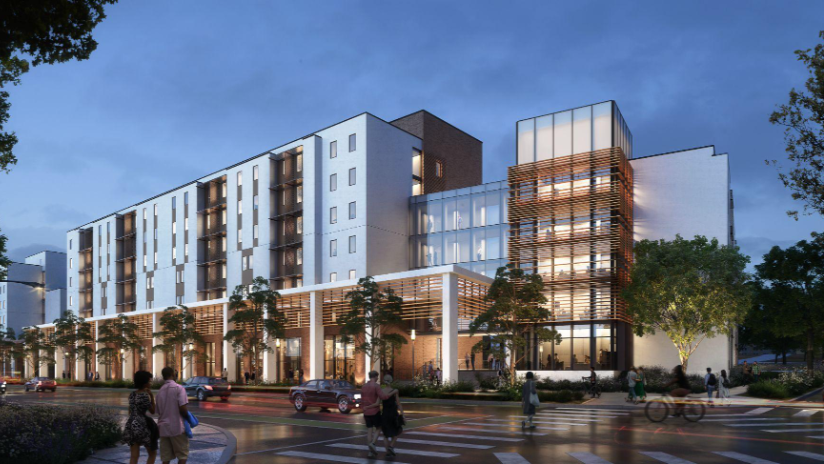By Leo Cabral
The number of ethnic groups at Riverside Community College District have decreased 12% overall in the 2020-2021 academic year.
RCCD Chancellor Wolde-Ab Isaac cited at the Feb. 1 Board of Trustees meeting that the pandemic, among other issues like lack of study space and childcare support, has made it difficult for students majoring in lab-based sciences and Career and Technical Education as those programs are not easy to adapt to online platforms.
Norco College and Moreno Valley College experienced a 14% decrease in enrollment across ethnic demographics while Riverside City College’s enrollment went down 11%.
According to the Student Equity Update presented to the Board by David Torres, the dean of Institutional Research and Strategic Planning, African American students are the most affected with the lowest overall performance while Hispanic students are the second lowest in performance.
Hispanic students also consistently had the lowest transfer rates among the ethnic demographics.
The recent downturn in enrollment is counteractive to the district’s 2019-2024 Strategic Plan aiming to “decrease equity gaps by 40% in 5 years and eliminate within 10 years.”

“As of today, the district is at 61% of its target ranging from 46% at Moreno Valley to 70% at RCC at the rate at which enrollment is increasing daily,” Isaac said. “Our forecast (is) that we may be able to reach the mid-70s of our target. (That) is our hope.”
Several trustees expressed concern about the Hispanic demographic making up the largest student population yet having the lowest transfer rates. They suggested more research be conducted to get answers.
“Latinos are starting to be successful but they’re not transferring anywhere,” Board Vice President Jose Alcala said. “So that’ll be interesting to see as we continue to push for them to start collecting that data to find out.”
Mark Sellick, political science instructor and Academic Senate president, suggested that the district should involve more faculty in discussions about what is working for students.
“During the teaching and learning session, there isn’t much coming from the people who are doing the teaching,” Sellick said. “That would probably be pretty important going forward so that we have an understanding of why these statistics are the way that they are and what kind of changes we might be trying to put into place that improve the numbers and have better outcomes for students.”
Despite the decrease in enrollment, the statistics for students passing transferable English and Math courses in their first year have increased.
“While the overall student population has declined in the most recent year, thereby making the denominator smaller, students are also benefiting from the district’s focus on completion,” Torres said.
Trustee President Bill Hedrick suggested that the data presented to the Board is systemic racism in action.
“The fact is, our enrollment is overwhelmingly minority, traditionally disadvantaged or marginalized groups,” Hedrick said. “The funding for the (community) colleges is lower, substantially — as the chancellor has repeatedly pointed out, 35 to 40% lower than even K-12.”


